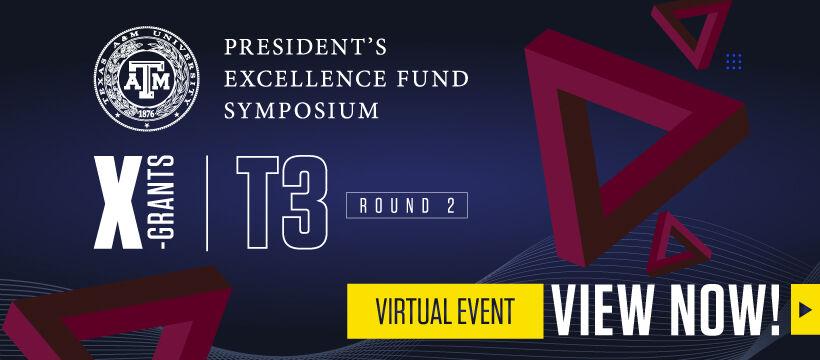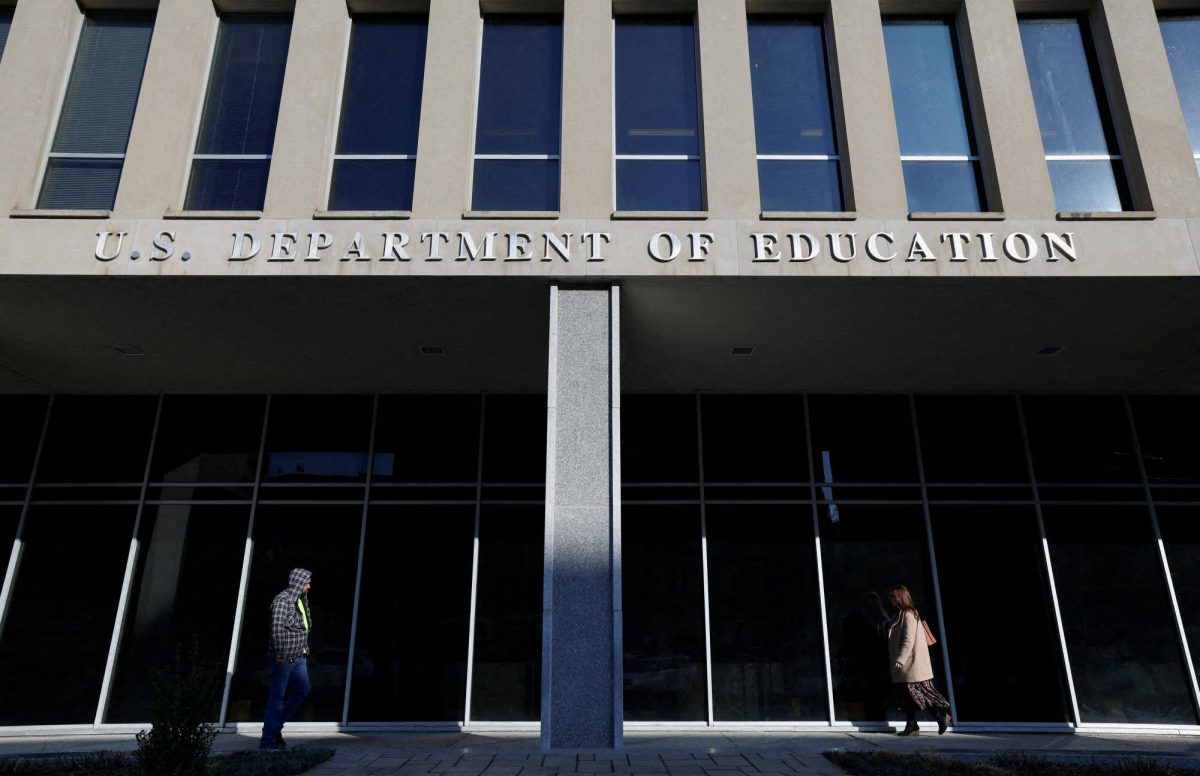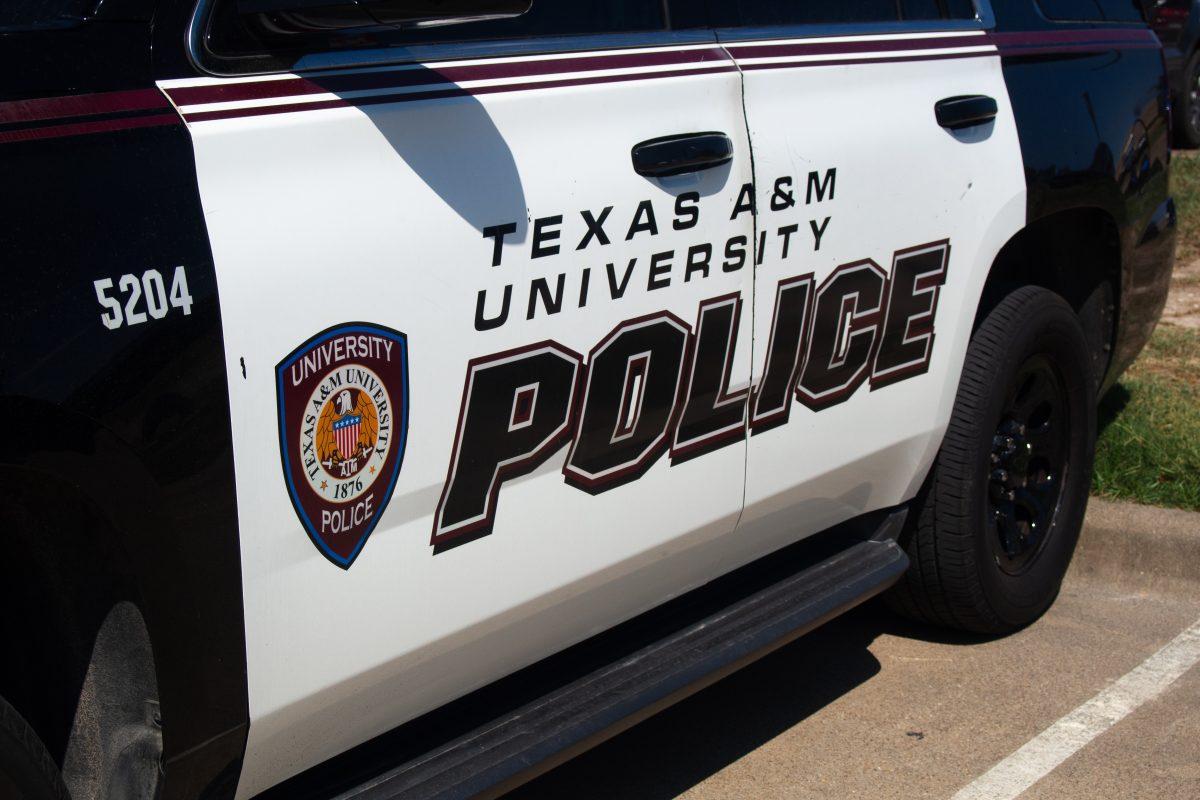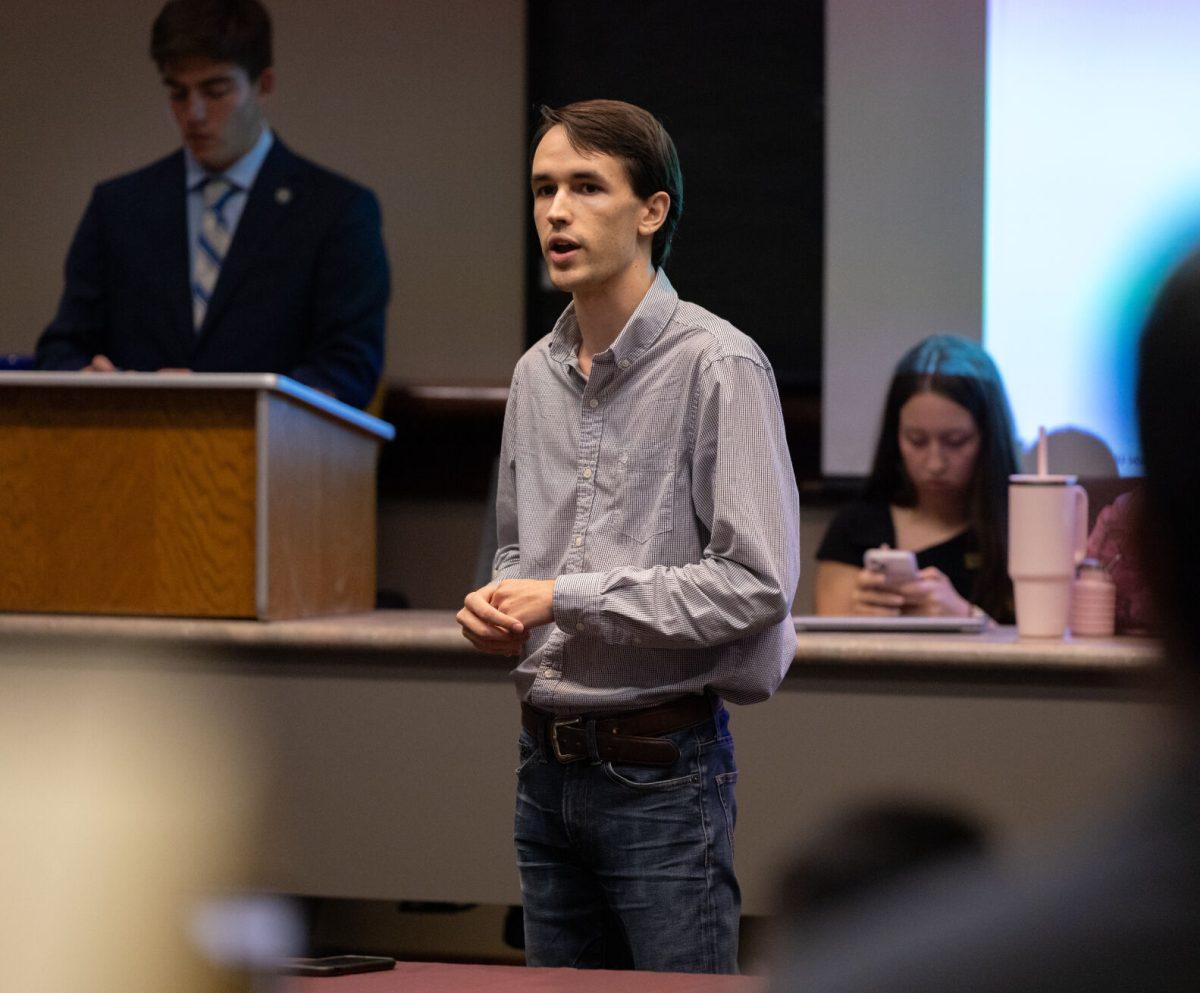The second annual President’s Excellence Fund Symposium was hosted virtually on Monday, Sept. 28, which can help improve resources at Texas A&M.
The President’s Excellence Fund involves the second round funding of X-Grants and the Texas A&M Triads for Transformation (T3) program. The program, which was developed by President Michael K. Young in 2017, is set to last at least 10 years with the possibility of expansion if the program is successful.
Despite Young’s recent announcement of his retirement as the university’s president, he said he believes the program will continue to be run beyond the promised 10 years.
“My hope, I think it’s the faculty’s hope, is that this program will continue for at least 10 years. In fact we’ve added to it, translational grants as well as teaching grants,” Young said. “We are actually doing a lot of surveying to see what the actual impact has been. We want to be able to measure that, all of the antidotes suggest that it is very successful and powerful.”
Young said the theory behind the program is that A&M has some of the best faculty on the planet, and he was looking for a way to help them gain more funding from national research grants to expand their research.
“We wanted to say, you guys [the researchers] know your fields better than anyone — you’re brilliant,” Young said. “We’re gonna give you some resources just to go out and do what you think really moves your field ahead — what you think really is gonna have significant scientific impact.”
Young said he is pleased with the enthusiasm of the researchers for these grants. The goals for the program are to encourage the interdisciplinary work of different departments together for a common cause and encourage the involvement of junior professors with research in the program.
“We are really interested in the intersection of disciplines, that’s where knowledge is often created and where the most startling breakthroughs occur,” Young said. “We also said favor would be given to projects that bring in a junior professor. Ninety-five percent of untenured professors have participated which means that they have interaction with world-class scholars and they have mentors and I think that is very exciting.”
Due to COVID-19, the symposium was held virtually via Zoom meeting as well as pre-recorded presentations. With the program being online, Young said certain aspects are different than usual, but intellectual discussions continued.
“It was really a wonderful opportunity for people to gather to hear in person and then chat together during the coffee breaks about what they saw and how they might interact and so forth, so we miss the coffee breaks,” Young said. “I think the whole purpose of this is to throw people together to have great ideas.”
Researcher in the Department of Psychological and Brain Health, Stephen Maren, Ph.D., and his team received the X-Grant for their research “Engineering Brain Health,” which looks into brain mechanisms in learning and memory with a specific focus on fears and traumas. His team’s project is attempting to develop a neurotransmitter which will go into the brain to inhibit memories of fear.
“It’s really cool to be among that group of individuals who get the funding, and it sort of validates that your approach is working,” Maren said. “It’s just an honor to be able to do the work and represent the university in that way. It’s exciting to see the university take a serious interest in funding and seeding interdisciplinary work and then having that potentially yield major investments from the federal government and ultimately generating new knowledge and potentially therapeutics.”
The project includes the collaboration of people in the Department of Psychological and Brain Sciences, engineers in electrical and mechanical engineering, as well as some in the College of Medicine.
“The major benefit has been the opportunity to collaborate interdisciplinary with a lot of really great scientists,” Maren said. “Getting to push the technology forward with the engineering group has been really exciting.”
With A&M being such a prominent research center, both Young and Maren said they encourage students to get involved with research that they are interested in through opportunities with professors.
“Sometimes [student research involvement] seems like it is beyond reach, but I would definitely encourage students to try to get involved, especially if they have a research interest,” Maren said. “It’s accessible, it takes students to take the initiative to do it and it can provide a very important educational experience and guide people into research. That’s how I got started when I was a student.”
Second annual President’s Excellence Fund symposium hosted virtually
October 13, 2020
0
Donate to The Battalion
$1965
$5000
Contributed
Our Goal
Your donation will support the student journalists of Texas A&M University - College Station. Your contribution will allow us to purchase equipment and cover our annual website hosting costs, in addition to paying freelance staffers for their work, travel costs for coverage and more!
More to Discover










